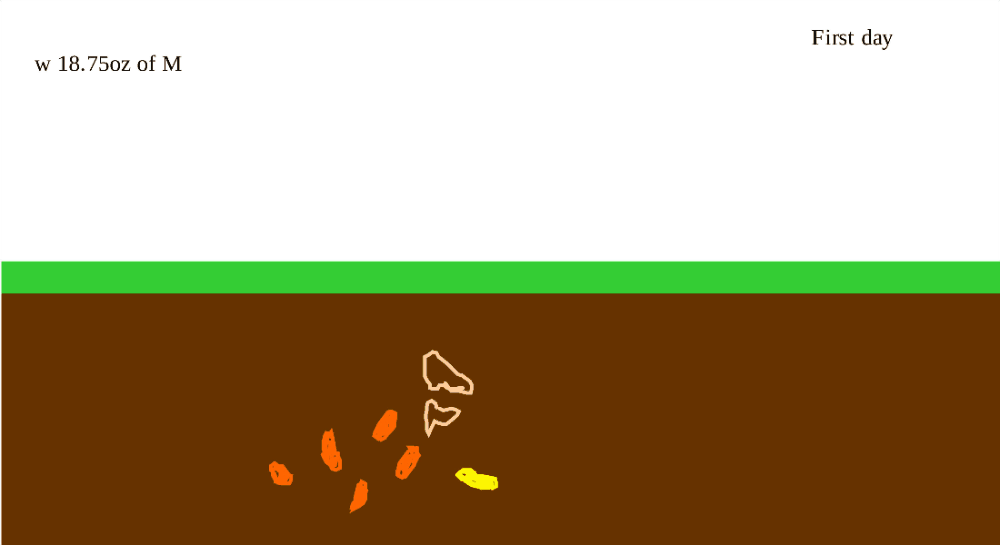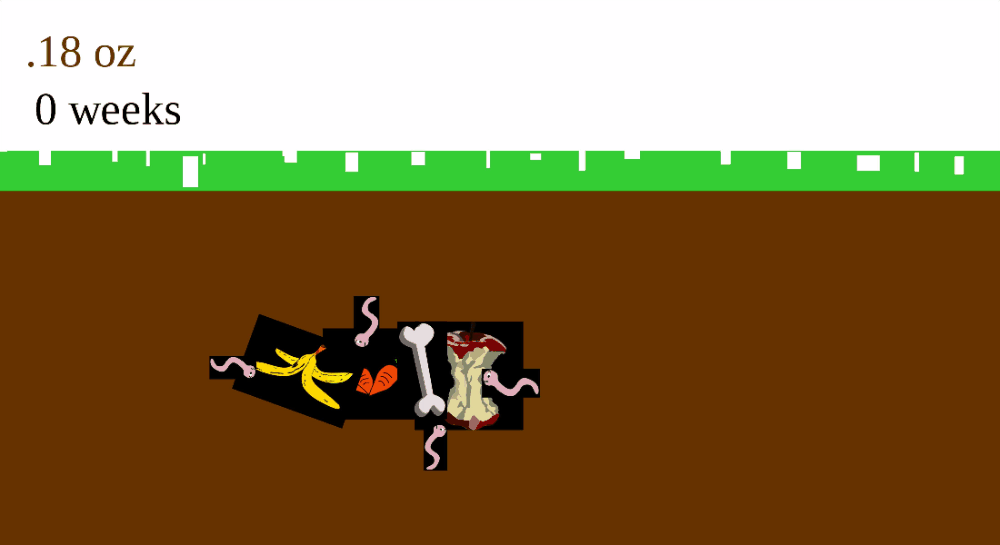Fifth Grade STEM students use the Flipbook animation tool in Collabrify Roadmaps to model decomposition and the transfer of energy in an ecosystem.
Author: Mrs. Billie Freeland, K-5 STEM teacher, Kent City Elementary, Kent City, MI
Posted: March 28, 2021
The Next Generation Science Standards (NGSS) sets forth deep learning content accompanied by complex skills called Crosscutting Concepts and Practices. Crosscutting concepts include skills in the area of, “Patterns, similarity, and diversity; Cause and effect; Scale, proportion and quantity; Systems and system models; Energy and matter; Structure and function; Stability and change.” These relationships are considered as an important lens for students to learn scientific concepts and develop future learning. Also important are the eight Practices woven into all levels of STEM instruction. These skills aim to develop students’ “cognitive, social and physical practices” by adding the specifics on “how” students do inquiry-based learning in science. The eight practices include:
- Asking questions (for science) and defining problems (for engineering)
- Developing and using models
- Planning and carrying out investigations
- Analyzing and interpreting data
- Using math and computational thinking
- Constructing an explanation (for science) and designing a solution (for engineering)
- Engaging in an argument stemming from evidence
- Obtaining, evaluating, and communicating information
These practices cross every content area and structures for thinking needed by learners of all ages. Finding a STEM curriculum that checks all of the boxes for learners is a challenge, but more and more resources are being shared that flow in the vein of the NGSS. The Multiple Literacy- Project Based Learning (ML-PBL) curriculum of Create for STEM at Michigan State University is one such program.
While implementing ML-PBL, our team was introduced to the Collabrify Roadmap platform from the Center for Digital Curriculum in the College of Engineering at the University of Michigan. Roadmaps is a platform that allows students to access activities for STEM (or any other subject) with a simple click of a “launch” button. Out of the many applications available, Flipbook, has elevated learning by allowing students to model ideas through animation. Through its flexibility and ease of use, students represent their learning at levels higher than ever before. Students are able to draw shapes, add text, take pictures, use searched images and record their voice to create a model. This model can then be manipulated and copied to represent frames then played. The result is a short animated model with movement that plays like a movie. There is no other virtual tool like it!
Recently, students at Kent City Elementary, in Kent City, Michigan, learned concepts associated with Ecosystems and transfer of energy in an ecosystem. They built terrains out of paper and added species found in living in their selected habitats. Subsequent lessons took them through understanding energy flow and relationships between organisms in a food web. While adding in a layer of decomposers, students predicted what would happen to lunch scraps (carrots, a roll, chicken drumsticks, ketchup, banana peel and an orange peel) buried in the soil at school. In order to share their predictions, students modeled their ideas using Flipbook. Animations included weighing the food, burying it, possible decomposers eating the food all while noting a timeline of decay. The process of creating an animation confronted their thinking with all the elements that come into play when creating prediction of decomposition over time. How would it decay? What makes it decay? Where does it go? How long will it take? What other event could happen as a result? The creative process pushed their thinking to make a detailed predictive model. Some students demonstrated even deeper learning by adding fungi and new plants growing where the food had decayed.
Student’s Predictive Flipbook Models of Energy Transfer in Ecosystems
 |
 |
 |
 |
A week after burying the scraps, students dug them up, observed and measured any change in weight. Many of the students were surprised to see that little change had occurred in most of the buried scraps, thus extending their learning about the time it takes materials to decay in an ecosystem. The power of a Flipbook enables them to revisit the animations and make edits based on their observations. The activity of creating the Flipbook model requires them to use almost all 8 practices of the NGSS!
Above are some of the insightful animated predictions made by students using Collabrify Flipbook to animate decomposition. Students work not only captured their thinking about learning, it also captured their creativity and ability to use a technology tool to build a predictive model. The engagement in learning was off the charts. Students were focused on how best to create the model for others to understand and how to represent their predictions about changes in the matter. Students were eager to view their peers work as well. Our flipbook sessions often become collaborative with students sharing their models with partners or in a gallery walk. Flipbook really puts the application of the T for technology in STEM!
Students’ models represent materials buried in the soil. The meal scraps include a dinner roll, plastic cups of ketchup, carrots, chicken drumsticks, a banana peel and an orange rind. Before burying the food matter it was found to be 15.75 oz. After a week it will be dug up, observed for decomposition and weighed again. Finally, at the end of the school year, we plan to dig it up one more time.
More Predictive Models: Pond Water in the Sunlight vs. the Dark
5th Grade Students using Collabrify Flipbook to create animations that predict what would happen if pond water was in the sunlight compared to in the dark.
